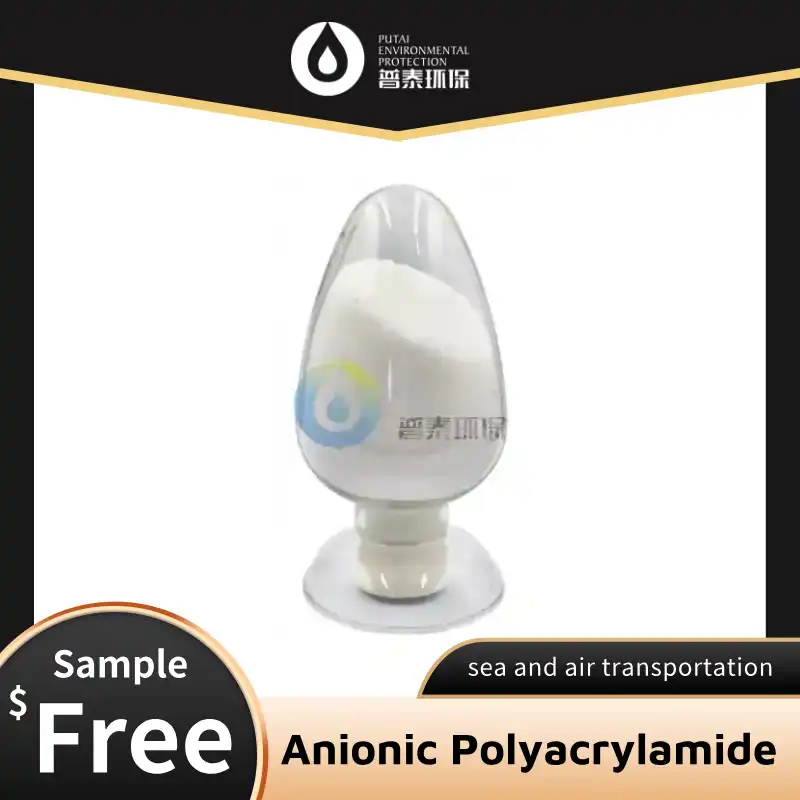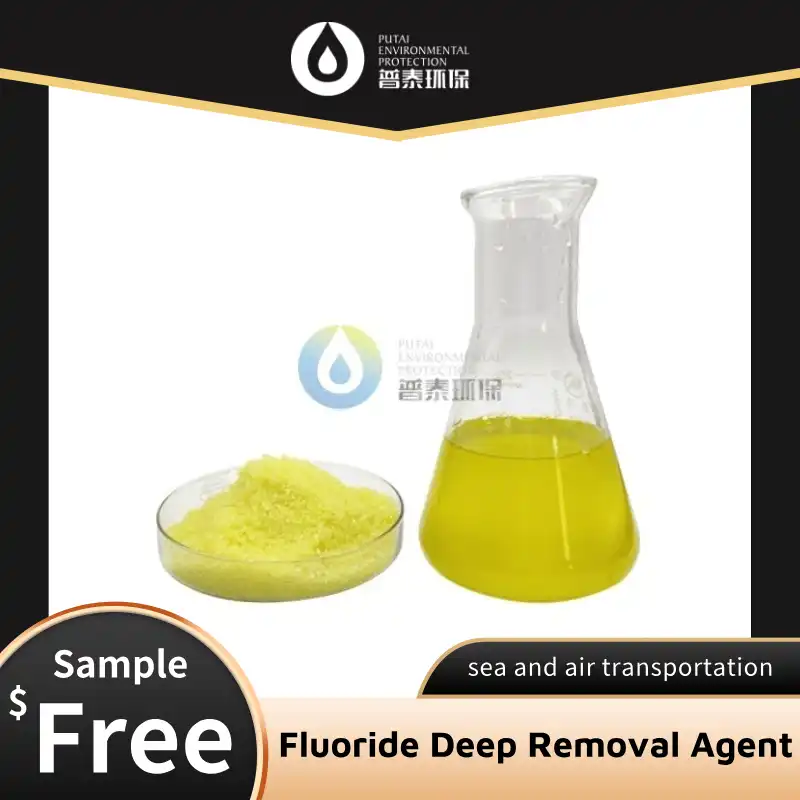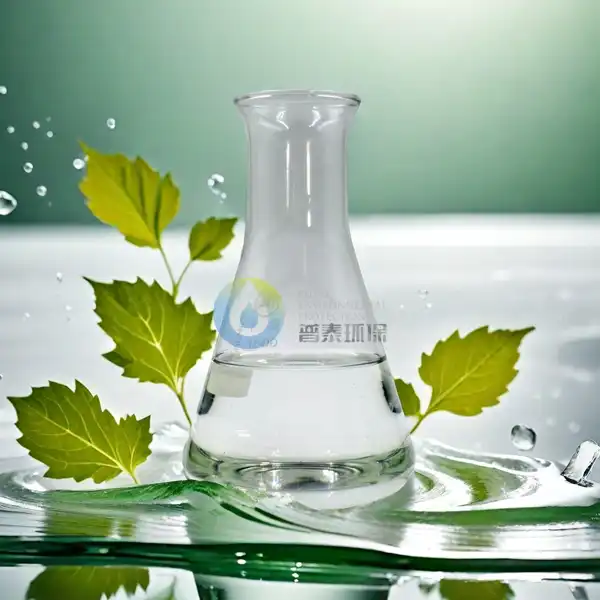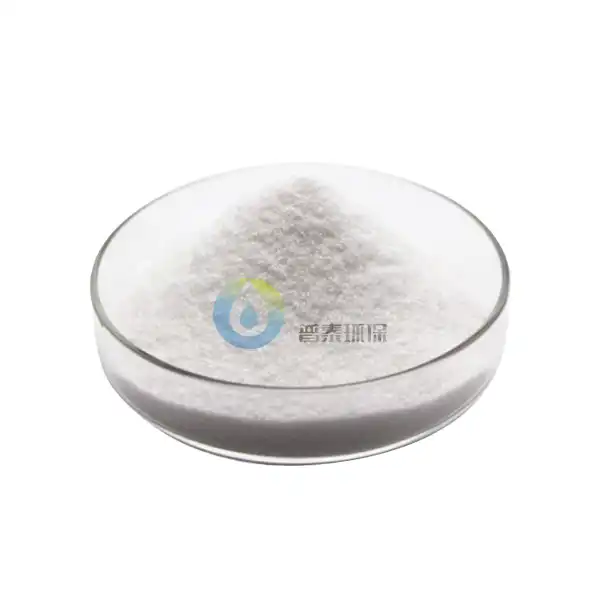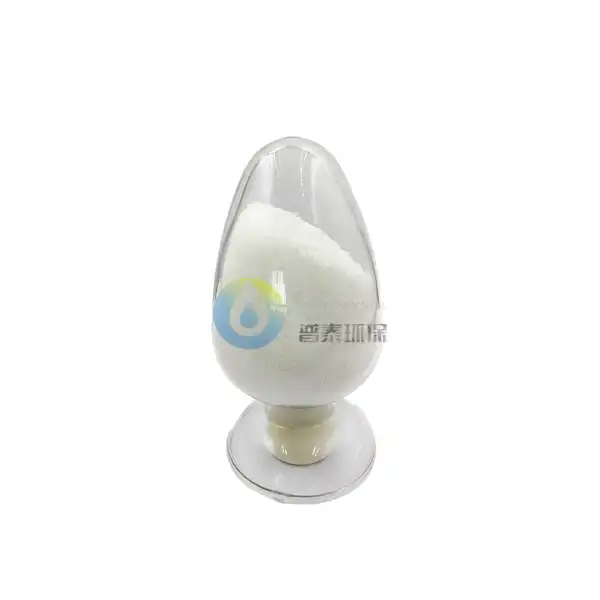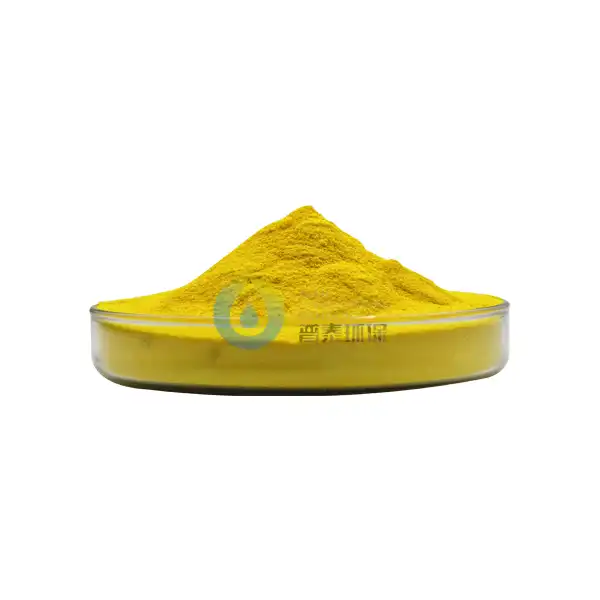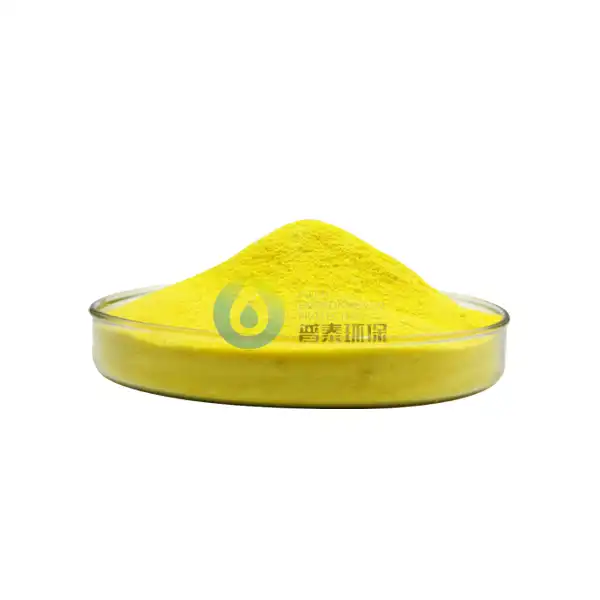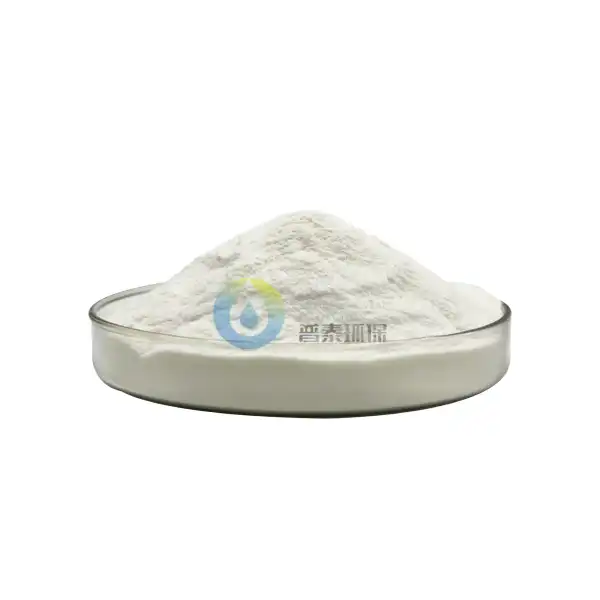What are the benefits of using PAC Powder over other water treatment chemicals?
In the realm of water treatment, various chemicals are employed to ensure clean and safe water for consumption and industrial use. Among these, Polyaluminum Chloride (PAC) Powder has gained significant attention due to its numerous advantages over traditional water treatment chemicals. This blog post will explore the benefits of using PAC Powder and why it has become a preferred choice for many water treatment professionals.
What makes PAC Powder more effective than traditional coagulants?
Superior Coagulation Performance
PAC Powder exhibits superior coagulation performance compared to traditional coagulants like alum or ferric chloride. Its unique molecular structure allows for rapid and efficient floc formation, even in challenging water conditions. The pre-polymerized nature of PAC Powder means it can quickly destabilize suspended particles, leading to faster settling times and improved water clarity. This enhanced coagulation efficiency translates to lower dosage requirements, which not only reduces chemical costs but also minimizes the volume of sludge produced during the treatment process. Furthermore, PAC Powder's effectiveness across a wide pH range makes it versatile for various water treatment applications, from drinking water purification to industrial wastewater treatment.
Reduced Sludge Production
One of the significant advantages of using PAC Powder is its ability to produce less sludge compared to other coagulants. The highly efficient coagulation process of PAC Powder results in denser, more compact flocs that settle faster and occupy less volume. This reduction in sludge volume has several benefits for water treatment facilities. Firstly, it reduces the operational costs associated with sludge handling, treatment, and disposal. Secondly, it minimizes the environmental impact of the treatment process by generating less waste. The decreased sludge production also translates to improved filter run times and reduced backwashing frequency, leading to enhanced overall plant efficiency and lower water losses during the treatment process.
Improved Removal of Contaminants
PAC Powder demonstrates exceptional effectiveness in removing a wide range of contaminants from water. Its unique chemical structure allows it to target and eliminate various pollutants, including suspended solids, organic matter, heavy metals, and even some microorganisms. The high charge density of PAC Powder enables it to neutralize negatively charged particles more efficiently, resulting in better overall water quality. Additionally, PAC Powder has shown superior performance in removing color-causing compounds and reducing turbidity, even in waters with high organic content. This enhanced contaminant removal capability makes PAC Powder an ideal choice for treating surface waters, groundwaters, and industrial effluents, ensuring compliance with stringent water quality standards and regulations.
How does PAC Powder contribute to cost-effectiveness in water treatment?
Lower Dosage Requirements
One of the key factors contributing to the cost-effectiveness of PAC Powder is its lower dosage requirements compared to traditional coagulants. The high aluminum content and pre-polymerized structure of PAC Powder allow it to achieve optimal coagulation with smaller quantities of chemical addition. This reduced dosage not only leads to direct savings in chemical costs but also has a cascading effect on various aspects of the treatment process. For instance, lower chemical usage results in less sludge production, which in turn reduces sludge handling and disposal costs. Moreover, the decreased chemical consumption minimizes the potential for residual aluminum in treated water, addressing concerns related to aluminum-based coagulants and their potential health impacts.
Reduced Energy Consumption
The use of PAC Powder can significantly contribute to energy savings in water treatment plants. Its rapid floc formation and efficient settling characteristics reduce the need for extended mixing and flocculation times. This translates to lower energy consumption in the treatment process, as less power is required for mechanical agitation and pumping. Additionally, the improved settling properties of PAC Powder flocs allow for reduced retention times in sedimentation basins, potentially leading to smaller tank sizes and reduced pumping requirements. The overall reduction in energy consumption not only lowers operational costs but also aligns with sustainability goals by decreasing the carbon footprint of water treatment facilities.
Extended Equipment Lifespan
PAC Powder's unique properties contribute to extending the lifespan of water treatment equipment. The reduced sludge production and improved settling characteristics of PAC Powder flocs result in less wear and tear on pumps, pipes, and other mechanical components. This decreased equipment stress leads to lower maintenance costs and fewer replacements over time. Furthermore, the efficient coagulation process of PAC Powder helps prevent the buildup of scale and deposits in treatment units, reducing the frequency of cleaning and maintenance activities. The extended equipment lifespan not only contributes to cost savings but also ensures more reliable and consistent water treatment operations, minimizing downtime and improving overall plant efficiency.
What are the environmental advantages of using PAC Powder in water treatment?
Reduced Chemical Footprint
PAC Powder offers significant environmental advantages through its reduced chemical footprint. The higher efficiency of PAC Powder means that less chemical is required to achieve the same or better treatment results compared to traditional coagulants. This reduction in chemical usage translates to fewer resources consumed in the production, transportation, and storage of water treatment chemicals. The decreased chemical footprint not only conserves raw materials but also reduces the environmental impact associated with chemical manufacturing and distribution. Furthermore, the lower chemical dosage minimizes the potential for chemical residuals in treated water, contributing to improved environmental quality and reduced risks to aquatic ecosystems receiving the treated effluent.
Lower Sludge Volume and Improved Disposal Options
One of the notable environmental benefits of using PAC Powder is the significant reduction in sludge volume produced during the water treatment process. The highly efficient coagulation and flocculation properties of PAC Powder result in denser, more compact sludge that occupies less volume. This reduction in sludge quantity has several positive environmental implications. Firstly, it minimizes the land area required for sludge disposal or storage, reducing the environmental footprint of treatment facilities. Secondly, the lower sludge volume translates to fewer truck trips for sludge transportation, decreasing associated fuel consumption and emissions. Additionally, the improved quality of PAC Powder sludge often allows for easier dewatering and potential beneficial reuse options, such as soil amendment or construction materials, further reducing the environmental impact of waste disposal.
Enhanced Removal of Emerging Contaminants
PAC Powder has demonstrated superior performance in removing emerging contaminants of concern, contributing to improved environmental protection. Its unique chemical structure and high charge density enable PAC Powder to effectively target and remove a wide range of pollutants, including pharmaceuticals, personal care products, and other micropollutants that are increasingly detected in water sources. This enhanced removal capability helps prevent these contaminants from entering the environment through treated effluents, reducing potential ecological impacts and risks to human health. Furthermore, the effective removal of emerging contaminants by PAC Powder reduces the need for additional treatment steps or advanced technologies, potentially lowering the overall energy and resource consumption in water treatment processes. By addressing these challenging pollutants, PAC Powder plays a crucial role in safeguarding water quality and protecting aquatic ecosystems.
Conclusion
PAC Powder has emerged as a superior alternative to traditional water treatment chemicals, offering numerous benefits in terms of effectiveness, cost-efficiency, and environmental sustainability. Its superior coagulation performance, reduced sludge production, and improved contaminant removal capabilities make it an attractive option for water treatment professionals. The cost-effectiveness of PAC Powder is evident through lower dosage requirements, reduced energy consumption, and extended equipment lifespan. Moreover, its environmental advantages, including a reduced chemical footprint, lower sludge volume, and enhanced removal of emerging contaminants, align with the growing emphasis on sustainable water management practices. As water quality challenges continue to evolve, PAC Powder stands out as a versatile and efficient solution for ensuring clean and safe water for various applications.
Xi'an Putai Environmental Protection Co., Ltd. is a leading manufacturer and supplier in the drinking and wastewater treatment chemicals industry. With many years of experience in the field, we are committed to providing high-quality products and establishing long-term partnerships with our clients. Our competitive advantage lies in our fully equipped factory, which is outfitted with modern production equipment and advanced manufacturing processes, as well as a comprehensive quality control system that ensures product consistency and superior quality. Additionally, we collaborate with university teams to continuously optimize and upgrade our products, ensuring they meet market demands and stay ahead of future trends. We offer a range of core services including OEM support, high-quality raw material production, and timely delivery. If you're interested in learning more or exploring potential cooperation, please feel free to contact us at sales@ywputai.com. We look forward to the opportunity to work with you.
References
1. Zhang, Y., et al. (2018). "Comparison of polyaluminum chloride and ferric chloride for water treatment: A comprehensive review." Journal of Water Process Engineering, 26, 181-192.
2. Wang, D., et al. (2019). "Polyaluminum chloride: A comprehensive review of preparation, characteristics, and application in water and wastewater treatment." Journal of Environmental Sciences, 81, 156-180.
3. Matilainen, A., et al. (2010). "Natural organic matter removal by coagulation during drinking water treatment: A review." Advances in Colloid and Interface Science, 159(2), 189-197.
4. Jiang, J. Q., & Graham, N. J. D. (1998). "Pre-polymerised inorganic coagulants and phosphorus removal by coagulation - A review." Water SA, 24(3), 237-244.
5. Kimura, M., et al. (2013). "Minimization of excess sludge production for biological wastewater treatment." Water Research, 47(14), 4814-4826.
6. Verma, A. K., et al. (2012). "A review on chemical coagulation/flocculation technologies for removal of colour from textile wastewaters." Journal of Environmental Management, 93(1), 154-168.

